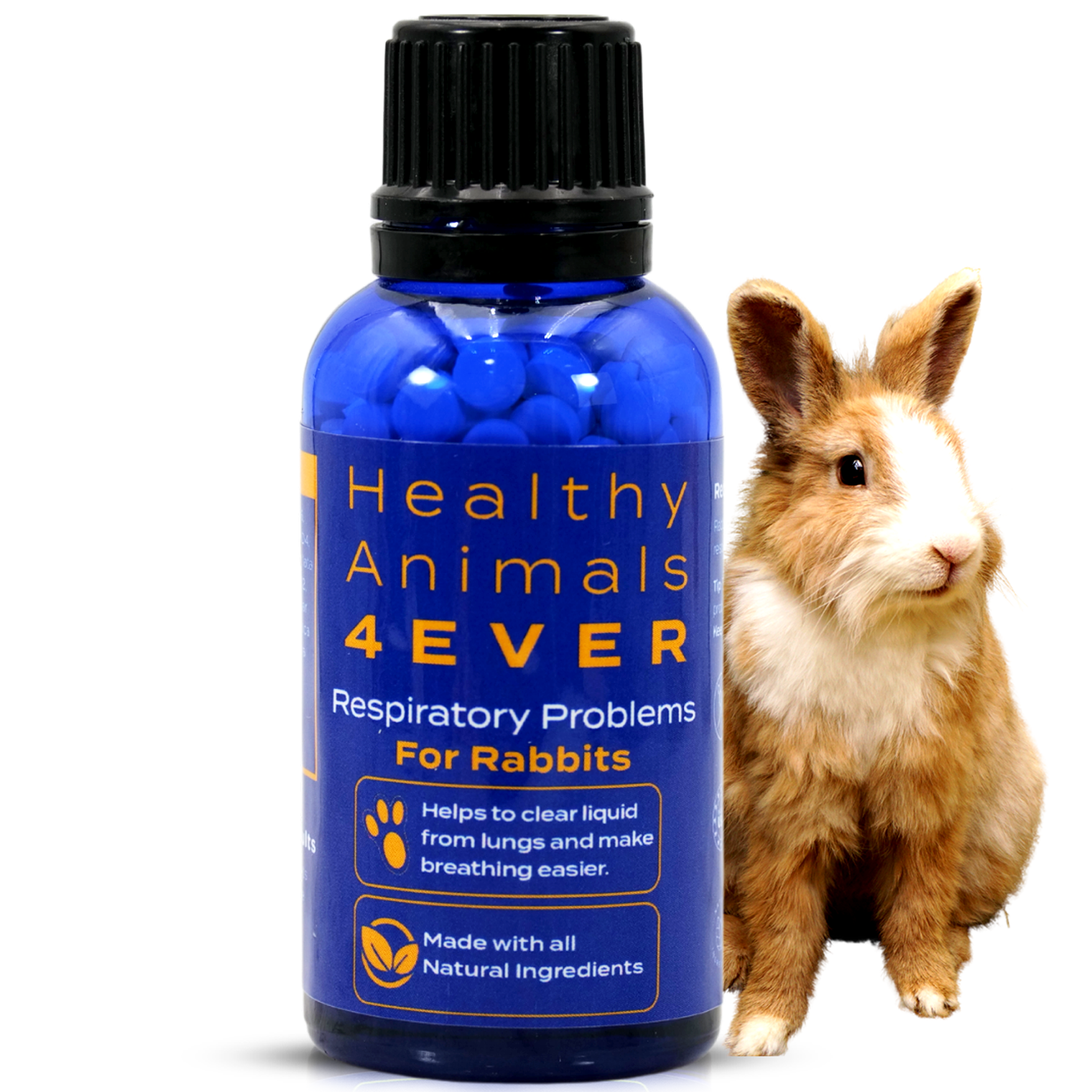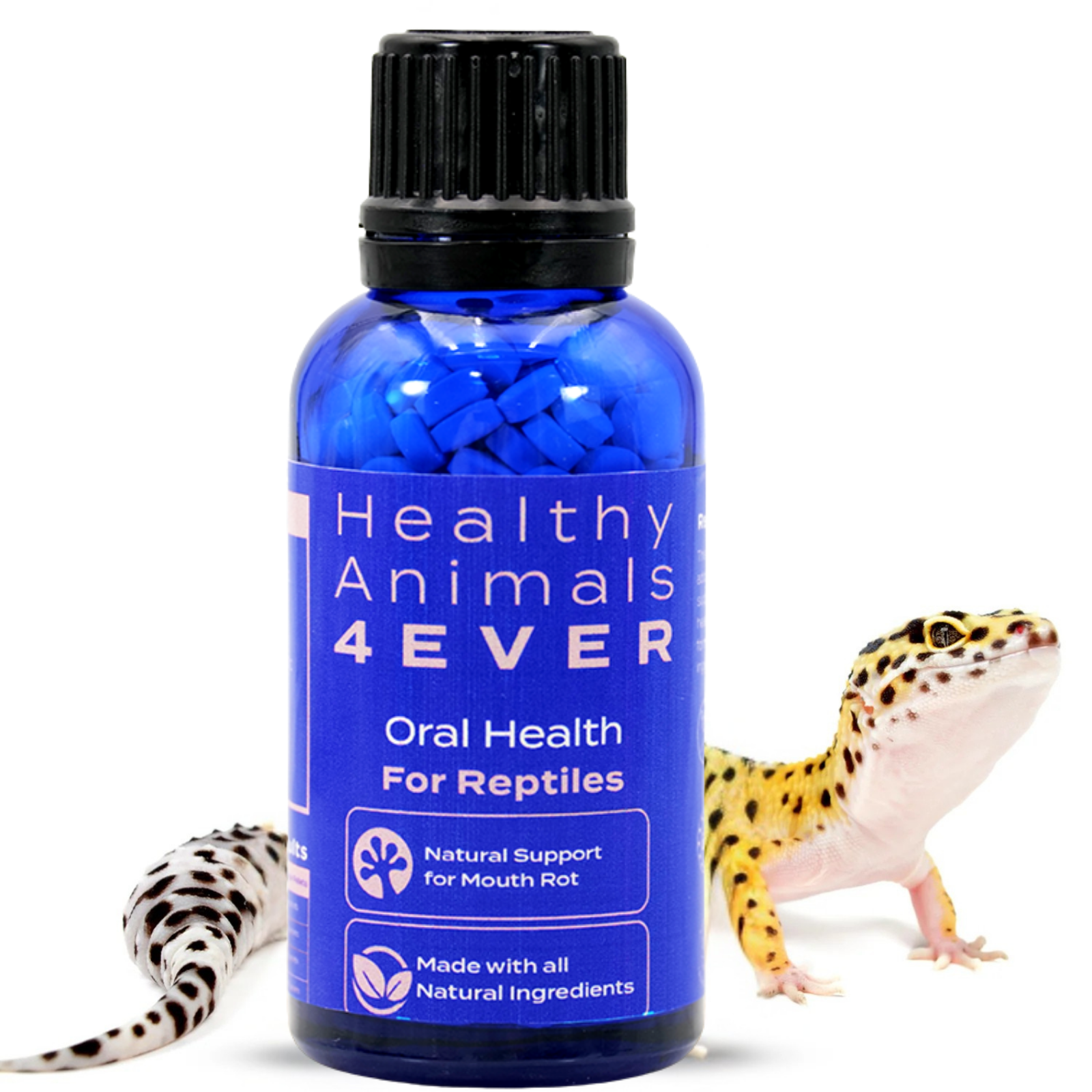CHECK OUT COMMON CAT AILMENTS AND HOW YOU CAN AVOID THEM
Did you know that cats can have various health problems as they age? That’s right! And understanding them is crucial to maintain their quality of life.
As a pet owner, you should become familiar with issues your cat may face in the future or is facing in the present. Here are some common cat ailments you should know about and ways to avoid them.

Cats have this innate ability to self-groom. You will immediately notice that they lick their paws and gently “wash” their face after eating. It’s kind of cute, right?
Well, as cute as it is, this can actually cause many issues.
Digestion Issues
Hairball
Cats constantly groom themselves and swallow hair, causing it to accumulate in their body and leading to vomiting (not so cute).
Should you be worried about hairballs? It depends.
The fur ingested during grooming is expected to be expelled in the stool. However, hairball-forming is quite common when discussing long-fur animals. During season exchanges, as the pets shed even more hair, it can get worse.
The most significant risk posed by this process is when it results in a hairball in the cat's intestine because it can get trapped in the organ. Some symptoms may be indicative of this situation:
- abdominal discomfort;
- vomiting;
- diarrhea or dry stools;
- lack of appetite;
- apathy.
Please Immediately take your pet friend to a veterinarian when noticing these signs. In addition to guiding you, a qualified professional can perform advanced procedures suitable for cat hairball removal.
Nevertheless, you can prevent this by frequently brushing your cat's coat and keeping it hydrated.
Constipation
In most cases, constipation occurs due to a lack of hydration. Suppose you notice that your cat is having difficulty defecating. In that case, the best options are to change their diet for a few days to soft foods and meals rich in fiber, give your pet plenty of water, and offer different litter boxes.
You must take your pet to the veterinarian if the problem does not improve. The professional will prescribe specific laxatives, a short-term solution.
If the condition becomes chronic, the feline is at risk of developing megacolon. In this severe variant, bowel dilation occurs due to a lack of muscle strength in the colon.
Detecting symptoms of constipation in your cat at an early stage will help prevent this condition from becoming chronic. Among the most apparent clinical signs, we find the following:
- Abdomen in continuous tension.
- Scanty stools, small in size and very dry in appearance.
- Strange postures at the time of defecation.
- Loss of appetite, only occasionally.

Colitis
Colitis is one of the most common digestive problems in cats.
The large intestine helps your cat maintain electrolyte balance. It enables water reabsorption and allows nutrients to enter the body. For this reason, diarrhea can occur when parasites, bacteria, and other factors damage its outermost layer.
Stress and anxiety, adverse drug reactions, dietary intolerances, and pathogens can cause acute colitis in cats. The World Small Animal Veterinary Association estimates that 14% of cats test positive for Trichomona fetus, a protist that causes chronic colitis.
You may notice symptoms such as decreased bowel movement frequency and mucus or blood in your cat's stool. They may also experience vomiting and diarrhea, resulting in an apparent dehydration frame.
Colitis treatment varies according to the causative agent and its extent over time.
Gastritis
Gastritis is another of the most common digestive problems in cats. In this case, tissue inflammation occurs in the stomach, so the most prominent clinical sign in the cat is acute vomiting. The vomit may contain food, bile, and blood traces.
Like colitis, gastritis is usually caused by intolerances, poisoning, immune system dysfunctions, infections, and, on rare occasions, cancerous tumors. In case of vomiting signs in your feline, it is necessary to take them quickly to the veterinarian, as cats tend to become dehydrated in these cases.
Urinary Health
Have you ever heard of urinary tract infections in cats? It's true; this problem can also hit felines!
Urinary Infection
Notice your kitten trying to urinate often, having difficulty eliminating the liquid, or showing pain. It could be because of a urinary tract infection!
Hydration is vital in bladder infections and other similar conditions. It is advised to limit the food intake by not keeping a plate of food available all the time but choosing a specific time to be fed. Water, however, should be available almost constantly.
Urinary tract infection affects the organs of the urinary tract. However, care must be taken with the use of the term. This condition is often misdiagnosed with inflammation, such as cystitis in cats.
If your cat is having a problem urinating or their urine contains blood or mucus, this may be a sign that your cat has cystitis. Experts suggest that a one-day fast will help dissipate the condition.
Kidney failure
Kidney failure in cats is a common disease that affects cats. It is estimated that for every 3 cats, 1 will have a lifelong problem. Despite being more common in elderly animals, kidney diseases can have different causes.
The great challenge is to carry out an early diagnosis, considering that, in most cases, insufficiency is only detected when a large part of the renal function is already compromised.
Cat kidney failure can be categorized in two ways: chronic and acute. Acute manifestation of kidney failure refers to a decrease in kidney function and can be caused by intoxication. If the problem is not diagnosed in time and the animal does not receive the correct treatment, renal failure can cause a kidney infection and lead to death.
The chronic form (CRF) is gradual and is related to kidney damage that cannot be treated. This manifestation of renal failure in cats is directly linked to their natural aging process.
In general, this disease is characterized by the malfunction of the kidneys. In this case, because of the inability to filter and correctly excrete the toxins, accumulation occurs - subsequently deregulating the concentration and water balance of the animal.
The cat breeds most predisposed to the development of kidney failure are:
- Persian;
- Abyssinian;
- Ragdoll;
- Siamese;
- Burmese;
- Russian Blue;
- Maine Coon.
Suppose you have an animal of any of these breeds. In that case, you can frequently visit the veterinarian for examinations and follow-ups. After all, early identifying and treating kidney disease in cats helps in the success of the treatment.
What are the symptoms of kidney failure?
In addition to knowing the risk factors, every cat owner needs to know the symptoms of kidney failure. Understanding the clinical signs can save your pet's life.
Most diagnoses occur in the second and third stages of the disease when clinical signs are more evident. The onset of this illness is silent.
When it reaches more advanced stages, the kidneys are already compromised and trigger several symptoms, such as:
- slimming;
- vomiting and diarrhea;
- lethargy;
- increase in water consumption;
- bad breath;
- dehydration.
Other features of kidney diseases are more clearly evaluated in exams, such as anemia and hypertension. The diagnosis is usually made through a complete blood count and urine collection.
Treatment for kidney failure in cats
When a cat has an acute kidney problem, treatment usually starts at the veterinary clinic, and the need for hospitalization is common. Even if severe, ARI can be reversed.
Chronic renal failure (CRF) is a pathology that has no cure. Therefore, treatment aims to manage the animal's quality of life and delay the disease's progression, if possible.
Parasites & Allergic Skin Conditions
Mites
Dust mites are part of the category of external parasites. They are parasites that do not live inside the cat's body but on its skin. Mites are tiny arachnids that, depending on the species, may or may not be seen with the naked eye. When they find a host, such as a cat, these parasites feed on its blood and dead skin.
A mite infection doesn't just cause itching. It can also cause hair loss or the formation of sores and scabs on the skin. Furthermore, these parasites can settle in other animals and even in people.
They often cause ear discomfort in the ear canal. If your cat’s ears are seeping a brownish discharge and scratching them constantly, they may exhibit ear mites. To avoid this condition, it is best to keep your cat indoors as these mites come from contact with other cats.
Tapeworms
It is common knowledge that dogs can suffer from worm infestations, but cats can develop tapeworms. Even indoor cats can fall prey to worms at some point, and the tapeworm is one of the most common intestinal parasites found in cats. Several tapeworms infect cats, but the most common is flea tapeworm. Some tapeworms infect cats that eat wild animals, such as birds, rodents, and lizards. Visit a vet to determine the proper course of treatment.
Flea allergy dermatitis
Just as humans develop allergies, cats also suffer from them. Allergies often manifest as skin irritation, but they are not the only reason for irritated skin in cats.
Fleas cause a lot of nuisance, everyone knows. However, many people don't understand that some pets can suffer even more from these parasites. Have you ever heard of dermatitis in cats?
So-called flea allergy dermatitis occurs when the cat is allergic to flea saliva. One sting can cause intense itching, lasting many days. In addition to the traditional itch, it is common for wounds to appear on the cat's skin, which naturally worries many pet owners.

Food allergy
Good nutrition is the first step to good health. Nevertheless, certified food can sometimes cause cat skin problems.
Food allergy occurs when your cat is intolerant to some feed component, which requires your attention to notice and fix the problem. The main symptom is your cat's fur falling out and red skin. Your cat may also have intense itchiness, dysregulated bowel, apathy, and lack of appetite.
Mycoses
Caused by fungi, mycosis in cats is one of the most common skin problems. Most often, it is caused by the fungus Microsporum canis, usually found on the skin of cats. It causes problems if and when cats have a drop in immunity.
This problem can easily be transmitted and affects the feline's skin, hair, and nails. Pets with ringworm often have hairless areas and flaking skin, causing scabs on the cat's skin.

Diagnosis and Treatment
When noticing any change in your four-legged child's skin, look for a veterinarian as soon as possible. The symptoms of these diseases can be similar and confuse you. That way, only a specialist will know how to identify the correct origin of the problems.
Diagnosis is carried out through analysis of the skin and wounds, in addition to hair examinations. After discovering the cause of the disease, the veterinarian can prescribe the correct treatment.
In addition to pills, you can use ointments and lotions to take care of these issues, depending on your cat's profile and disease origin.
Care and precautions
Basic care is effective when trying to avoid skin problems in cats. Despite being adventurous and explorers, veterinarians always recommend that cats stay indoors.
This is because, during outings, the pet can be in contact with other infected animals or get involved in fights with other cats and contract diseases, causing different problems, such as sporotrichosis.
Poor hygiene and stress can also cause problems. This is because cats like tranquility and calmer environments. Exercise in a controlled environment is highly recommended to contain stress-related issues.
Hygiene is essential to avoid skin problems in cats. So it's worth taking your kitty regularly to the pet shop.
Remember to clean your pet's environment, especially their bed, regularly.
In addition, daily brushing is very beneficial for cats as it ensures healthy hair and a great appearance!











